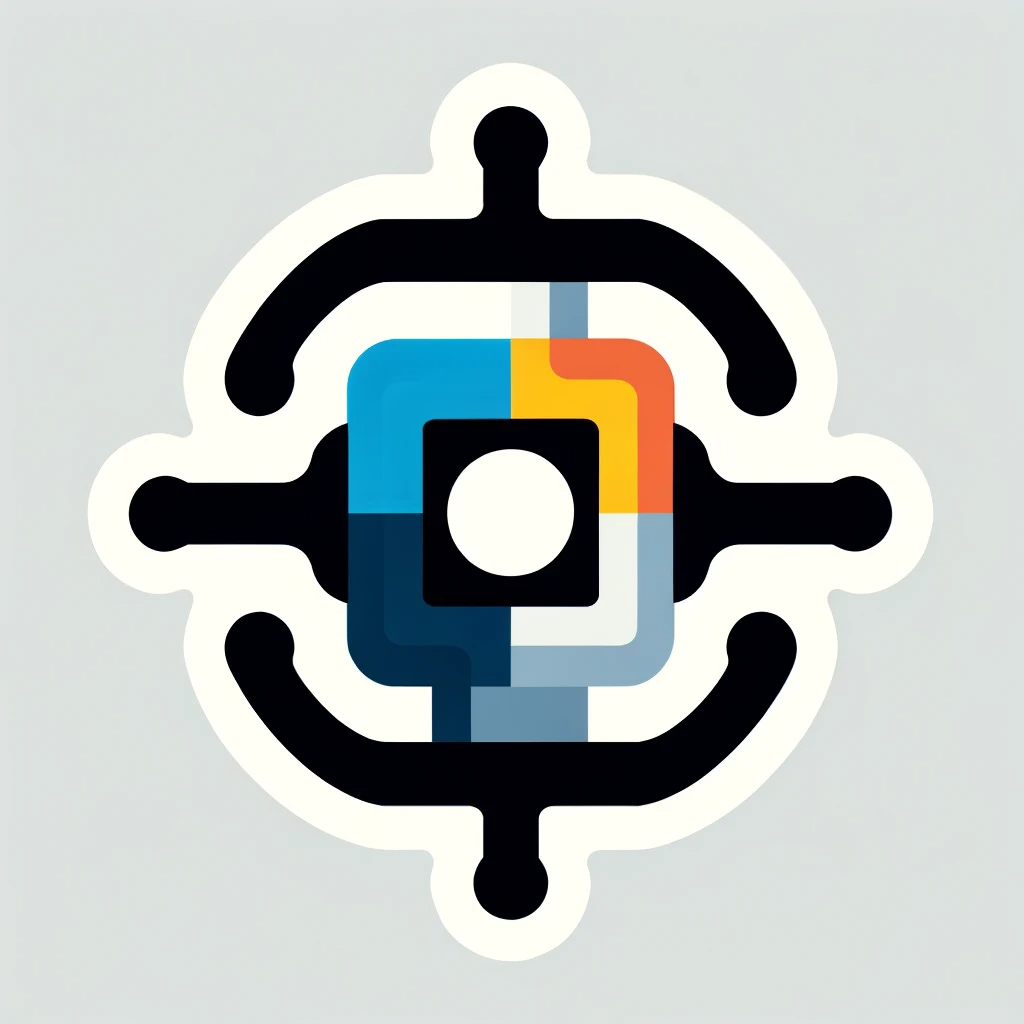Audio Presented by

Publications in convolution, driving breakthroughs in signal processing and artificial intelligence.
Story's Credibility

About Author
Publications in convolution, driving breakthroughs in signal processing and artificial intelligence.
